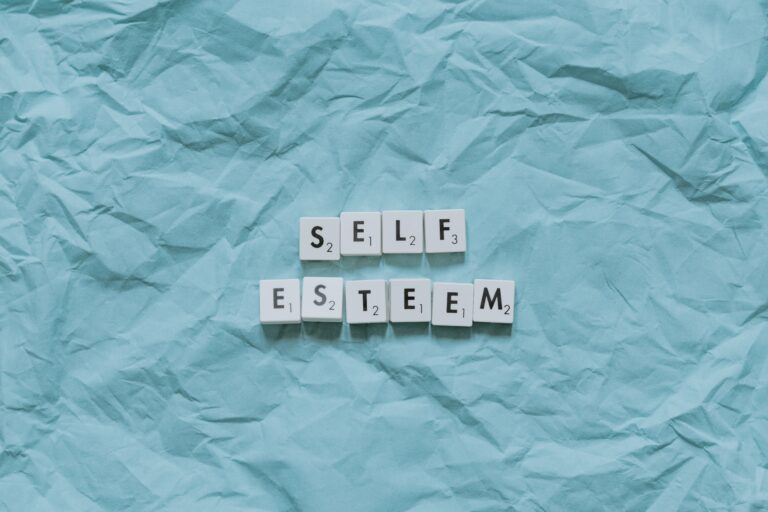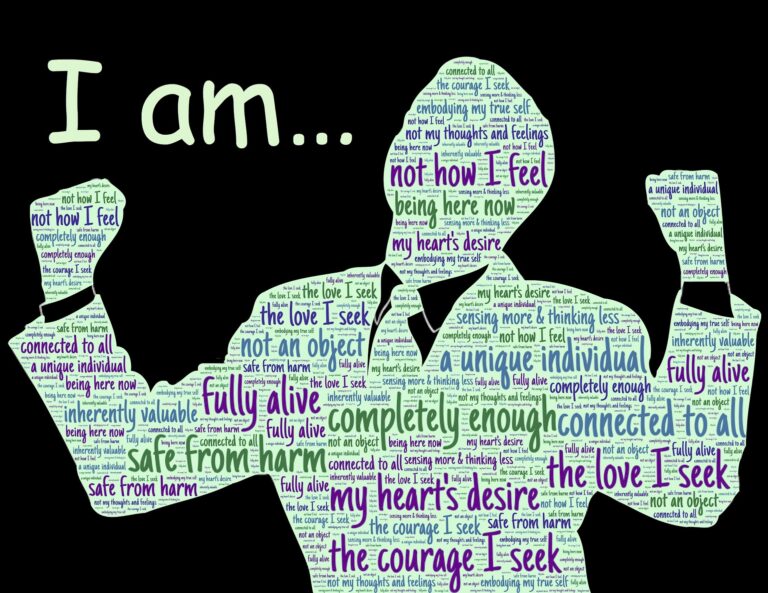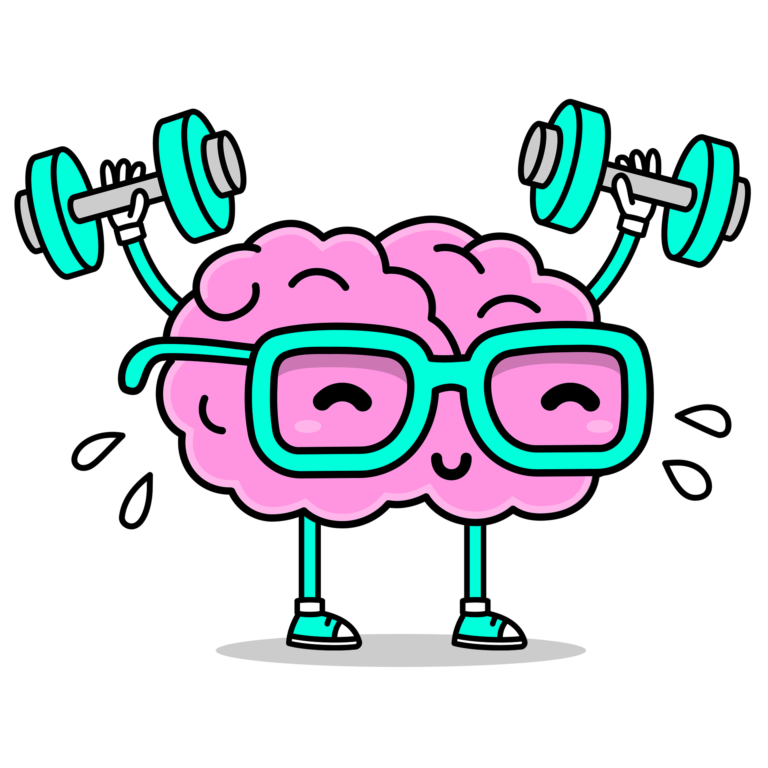Neuroassociative Conditioning

An Overview of Neuroassociative Conditioning: Anchoring behaviors through stimuli
Neuroassociative conditioning is a psychological concept developed by Tony Robbins, a renowned life coach and motivational speaker. This technique is used to reprogram one’s thought patterns and behavior by connecting certain emotional states with specific stimuli. In essence, it is a method of linking positive emotions to certain experiences or behaviors, in order to encourage repeated and reinforced positive behavior.
The concept of neuroassociative conditioning is based on the idea that the human brain is wired to associate emotions with experiences, and these associations can influence behavior. When we experience positive emotions such as joy or excitement, our brains release chemicals such as dopamine and serotonin, which create a positive feedback loop. The more we experience these emotions, the more we seek out the experiences that generate them. Neuroassociative conditioning takes advantage of this mechanism by deliberately linking positive emotions to specific behaviors or experiences.
The process of neuroassociative conditioning involves several steps. First, the individual must identify the behavior or experience they want to change or reinforce. For example, someone who wants to quit smoking may use neuroassociative conditioning to associate the act of smoking with negative emotions such as disgust or disappointment, while linking the act of not smoking with positive emotions such as pride or accomplishment.
Once the desired behavior or experience has been identified, the individual must create a strong emotional association with it. This can be achieved through visualization exercises, where the individual imagines themselves engaging in the desired behavior or experiencing the desired outcome while feeling intense positive emotions. This helps to create a strong emotional anchor that can be recalled later.
Finally, the individual must reinforce the positive association over time through repeated exposure to the desired behavior or experience, along with the associated positive emotions. This helps to strengthen the neural pathways that link the behavior or experience with positive emotions, making it more likely that the behavior will be repeated in the future.
Neuroassociative conditioning has been used to address a wide range of behavioral issues, from overcoming addiction to improving performance in sports or business. It is a powerful tool for changing deeply ingrained patterns of behavior and replacing them with new, positive habits. However, it requires commitment and consistency in order to be effective. It is important to work with a qualified coach or therapist who can guide the process and provide support along the way.
In conclusion, neuroassociative conditioning is a powerful psychological technique that can be used to reprogram one’s thought patterns and behavior. By linking positive emotions to desired behaviors or experiences, individuals can create new, positive habits and overcome negative patterns. While it requires commitment and consistency, the benefits of this technique can be life-changing for those who are willing to put in the work.
References
The above is based on well-established psychological principles and concepts, particularly those associated with neuroplasticity, classical conditioning, and positive psychology. Tony Robbins is widely recognized as a prominent figure in the fields of self-help and personal development, and his work on neuroassociative conditioning has been featured in numerous books, articles, and videos. Some sources that may be useful for further reading on this topic include:
Robbins, A. (2010). The Ultimate Edge: The Power to Change Your Life Now. Free Press.
Robbins, A. (2016). Unleash the Power Within: Personal Coaching from Anthony Robbins That Will Transform Your Life!. Simon & Schuster.
Kandel, E. R. (2006). In Search of Memory: The Emergence of a New Science of Mind. WW Norton & Company.
Seligman, M. E. (2011). Flourish: A Visionary New Understanding of Happiness and Well-being. Simon & Schuster.
Lally, P., van Jaarsveld, C. H., Potts, H. W., & Wardle, J. (2010). How are habits formed: Modelling habit formation in the real world. European Journal of Social Psychology, 40(6), 998-1009.






